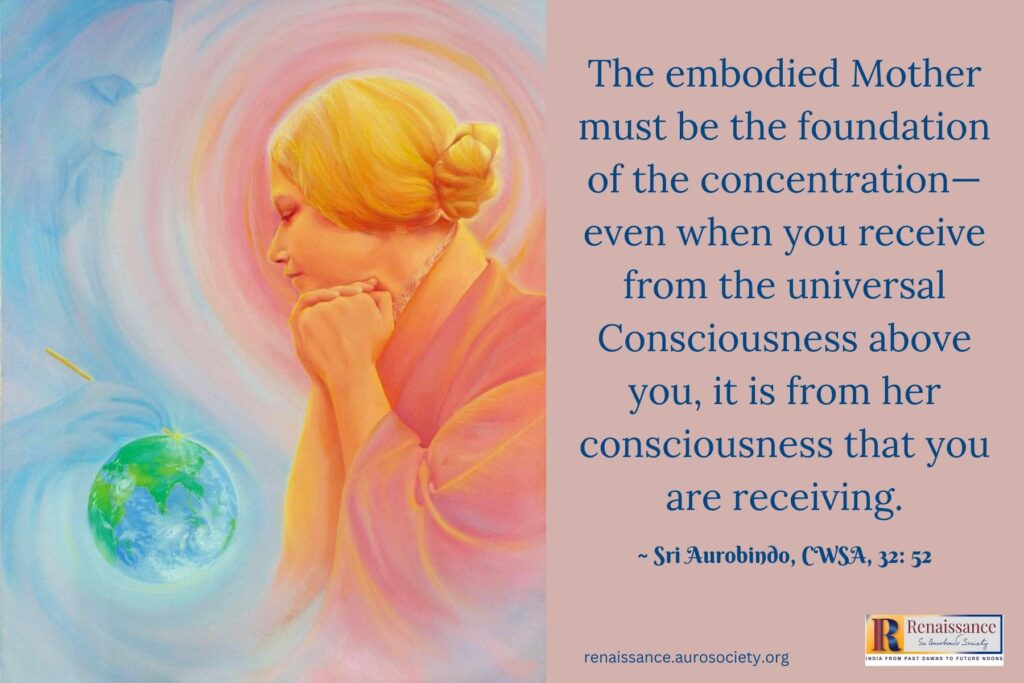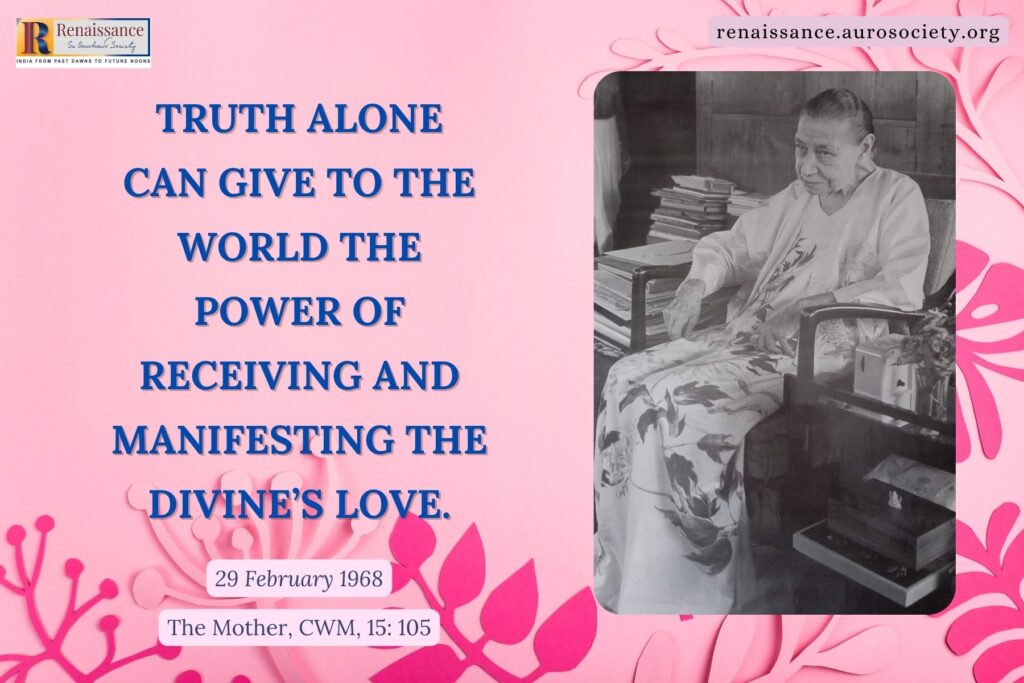Editor’s note: We continue with part 2 of the biography of Major Somnath Sharma, the first recipient of the Param Vir Chakra in independent India. Shyam Kumari, a senior member of Sri Aurobindo Ashram, has written and published this as part of a series of booklets titled ‘Our Heroes: Param Vir Chakra Recipients.’ Her aim is to make the stories of valour and courage reach a large number of Indian youth in schools and colleges.
For the purpose of online presentation, the editors have made a few minor formatting changes.
Continued from PART 1
Before going to war in Burma, Som went home on leave to recuperate from an illness. During that time he heard the news that an Indian Army officer, Prem Bhagat had won the Victoria Cross, the highest British award for valour. At once he turned to his mother and said, “I too will win the Victoria Cross one day.” When his mother expressed some concern because of his excessive bravado Som turned around and said, “Mother, do not worry. The bullet meant for me has my name inscribed on it, I am not afraid.”
Som always kept his subordinates happy and contented. Affectionately, they used to address him as ‘Somi Sahib’ and were ever ready to lay down their lives on his orders.
For an officer like him, honest, truthful, kind, fair and straight, strict in command and yet providing a personal example of bravery, soldiers from Kumaon, Garhwal or Gurkhas were always ready to sacrifice their lives. His Kumaon Regiment which took part in the Burma war was under the command of Lt. Col. Thimayya, who later became the Chief of Army Staff of the Indian Army.
During the Burma war, a Japanese bomb landed in the trench in which Som was holding position. By sheer luck the bomb did not explode and Som had a miraculous escape.
In Arakan, on the India-Burma border, Som fought bravely in battle. In that battle in the jungles, his orderly, Bahadur, was seriously wounded. As he could not walk, Som lifted him on his shoulders to carry him back to their camp. Because of the weight on his shoulders he lagged behind the rest of his detachment.
On seeing this his Commanding Officer, Lt. Col. Thimayya called out to him and said, “Take that man off from your shoulders and make him lie down on the ground and move fast back to the camp.” Som replied, “Sir, my orderly is badly wounded. He is losing blood and he is not able to walk. How can I leave him like this?” And he carried Bahadur all the way to the camp on his shoulders and saved his life.
Som was cheerful by nature; however serious the situation, he would always be smiling.
One day, Lt. Col. Thimayya was urinating behind his tent. Along with another officer, Som started throwing small pebbles at him while shouting, “Hey, soldier, how can you dirty this place behind the Commander’s tent?” Thimayya called out softly, “Som it is me, do not make a noise.” But Som kept throwing pebbles. At last Lt. Col. Thimmayya went back into his tent and both Som and his friend had a hearty laugh.
At the end of World War II, two battalions, 8/19 and 4/19 Hyderabad Regiment were combined into one, as the 4 Kumaon Battalion. Som’s uncle, Capt. Krishan Dutt Vasudeva had belonged to that regiment. He had laid down his life while defending a bridge in Malaya in World War II and in the process had saved the lives of numerous comrades who could cross over to safety over the bridge. Because of his deep emotional connection with this unit, Som had chosen to stay in 4 Kumaon.
In 1947 India attained Independence but it was a divided India. Our Mother India was partitioned.
We had to accept this cruel fact. Lakhs of Hindu and Sikh families had to leave their homes and properties in West Pakistan and come to India. While Indian army officers were bidding warm farewells to their Muslim brother officers during partition, on the other side of the border some Pakistani officers were hatching a secret plan.

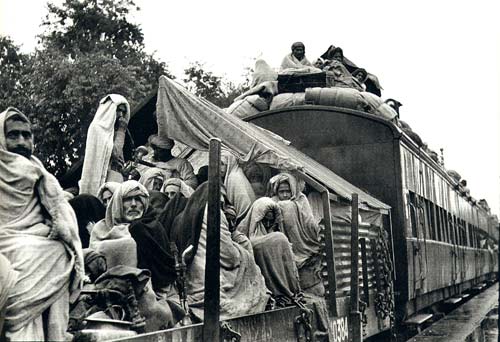
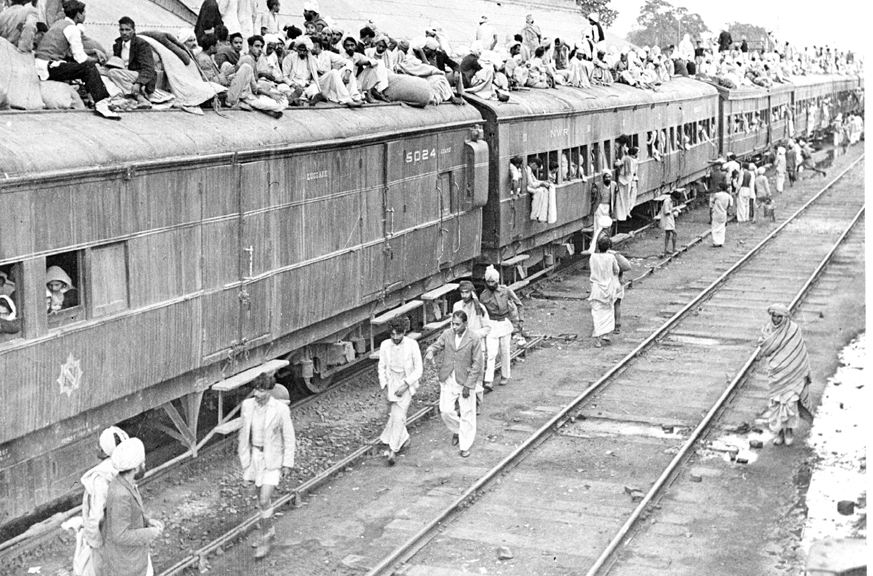
In October 1947, the Pakistani army invaded Kashmir with the help of armed frontier tribesmen. They were staking a claim on Kashmir because of its Muslim majority.
The Maharaja of Kashmir was dreaming of an independent Kashmir and did not want to join either India or Pakistan. During those terrible Hindu-Muslim riots and the consequent blood bath, Som’s highly respected maternal grandfather who truly believed in the freedom of all religions, was so shocked that he died.
During his funeral ceremony, a very good and renowned Muslim family friend had warned Som’s maternal uncle (who had come to Srinagar on 18th October in a military aircraft for the last rites) that on the banks of Krishan Ganga river in Muzaffarabad, secret and suspicious activities were taking place. He told that the Kashmir valley was in great danger and that he should go back without delay. Even the prime Minister of Kashmir, General Janak Singh, who was also the state Inspector General of police had told the same thing to his friend, Som’s uncle, Shri Hari Dutt Vasudeva.
An event of the time is recorded in Brig. L. P. Sen’s book “Slender was the Thread.”
A detachment of the 4th Jammu and Kashmir Light Infantry was located at Muzaffarabad. In this unit, half the soldiers were Dogra Hindus and the other half were Muslims of Poonch. Some of the Muslims of Poonch, of Kashmir State forces had already started joining the Pakistani Army.
The Commanding Officer of this unit, Lt. Col. Narayan Singh, had been in command of this unit for many years and was confident of the loyalty of his troops and did not, therefore, accept the offer to replace the Muslim soldiers. He had to pay a heavy price for trusting the loyalty of his Muslim soldiers.
On the night of 22nd October, 1947, these Muslim soldiers took control of the armoury with weapons and mercilessly killed all their Hindu comrades. Then they established contact with the tribesmen and the Pakistani Army on the far bank of the river. Seeing that Muzzaffarabad town was lying undefended in front of them, the tribesmen attacked the same day and started looting, killing, raping and setting fire to the town. Overnight, some Hindu soldiers who had escaped the slaughter, reported the situation by telephone to the authorities in Srinagar.
Also see:
Sri Aurobindo on Courage and Nationalism
Muzaffarabad is connected to Srinagar by a pucca road. The invaders could have reached Srinagar in just two hours. The Chief of the J & K State Force, Brig. Rajinder Singh immediately collected 200 men in Badami Bagh Cantonment and rushed out to stop the advance of the enemy. He had understood that the only way to stop the advance by the enemy was to blow up the bridges on the rivers and streams on the way. He had collected a large quantity of explosive material and went as far as 72 miles from Srinagar and fitted the explosives on the steel girders of a bridge over a seasonal river and then took up position awaiting the enemy’s arrival.
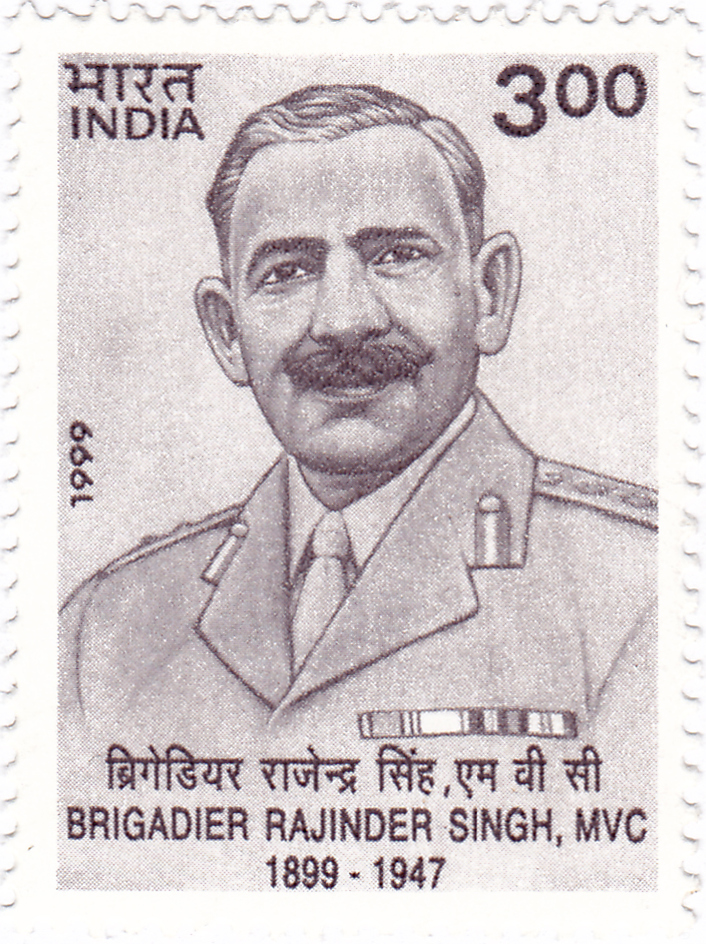
The invaders reached there on the afternoon of 23rd October and a skirmish took place. When the enemy pressure increased, Brig. Rajinder Singh ordered the bridge to be blown up and thus saved Srinagar. Afridi tribesmen from the North West Frontier province had come to Kashmir for loot and plunder and the way for their trucks and buses was now blocked by the blown up bridge. They had planned to take back all the loot in these vehicles. And because they did not want to go forward leaving their vehicles behind, they scattered in small skirmishes and Srinagar was saved from their advance.
Brig. Rajinder Singh was badly wounded but told his men to save themselves and leave him there. The soldiers left him under a small bridge and this is how another brave officer gave his life. He was awarded India’s first Mahavir Chakra.
After Brig. Rajinder Singh’s death there was no one capable of taking charge of the state army and these remaining soldiers stayed on, hiding in the Badami Bagh Cantonment.
Considering the worsening situation , Maharaja Hari Singh left on 25th October for Jammu via the Banihal pass along with his family. The Maharaja’s dream of an independent Kashmir lay shattered. He asked for help from India. India’s Home minister, Sardar Patel sent Shri V. P. Menon to Jammu to meet the Maharaja.
Shri Menon got the Maharaja to sign his declaration of joining India and the Indian Government issued orders on 26th October for the Indian Army to go to Kashmir. Every moment was precious because the Government had ordered that the advance element of the army should reach Kashmir the very next day.
The enemy was only 62 miles from Srinagar and the distance to Srinagar by road from the nearest point on the Indian border was 300 miles, of which two-thirds was mountainous. There were no bridges on some of the streams on the way. Therefore it was decided to fly the troops in. By the evening of 26th October elements of 1st battalion, The Sikh Regiment (1 Sikh) commanded by Lt. Colonel. Ranjit Rai were gathered in Delhi to be the first ones to be flown in.
From our archives:
Of Courage, Wars, and Evolution of the Earth
The aerodrome at Srinagar was old. It was used only for the Maharaja’s personal aircraft. There was no cemented runway and big aircraft could not land there. Even then, the defence and safety of the airfield was of prime importance. Lt. Col. Rai was told to gather all available troops and fly to Srinagar to take charge of the airfield defence and as more troops became available they would be flown in later.
At this stage some civilian pilots volunteered to fly the smaller Dakota aircraft for this unusual task of ferrying the troops and material even though there was neither a firm landing strip nor any safety landing devices nor fire fighting facilities. These aircrafts were not designed to fly over 9,000 feet nor to carry heavy weights. But these courageous pilots risked their lives again and again to carry out this most unusual and risky task.
It is only by Divine grace that on this earthen landing strip, hundreds of sorties were flown in, loaded with troops and war material. Because of the dust thrown up while landing, visibility was affected but even then, there were no mishaps. This brilliant performance of the civilian pilots will remain a historic achievement. The first aircraft landed at Srinagar airstrip at 9.30 on the morning of 27th October and thereafter they kept landing continuously one after another.
Continued in PART 3

~ Design: Beloo Mehra
~ Manuscript preparation: Biswajita Mohapatra


